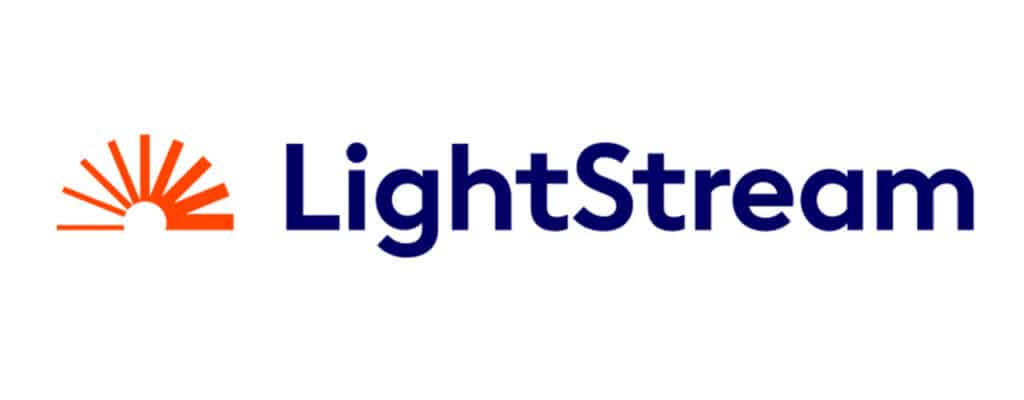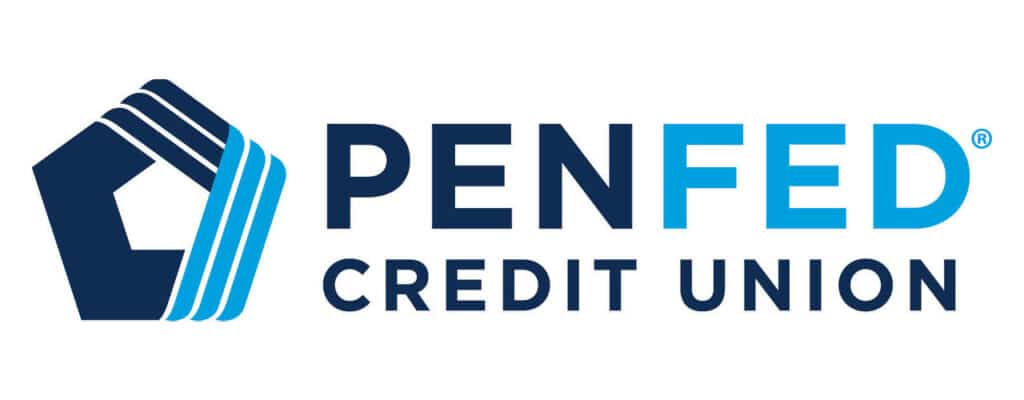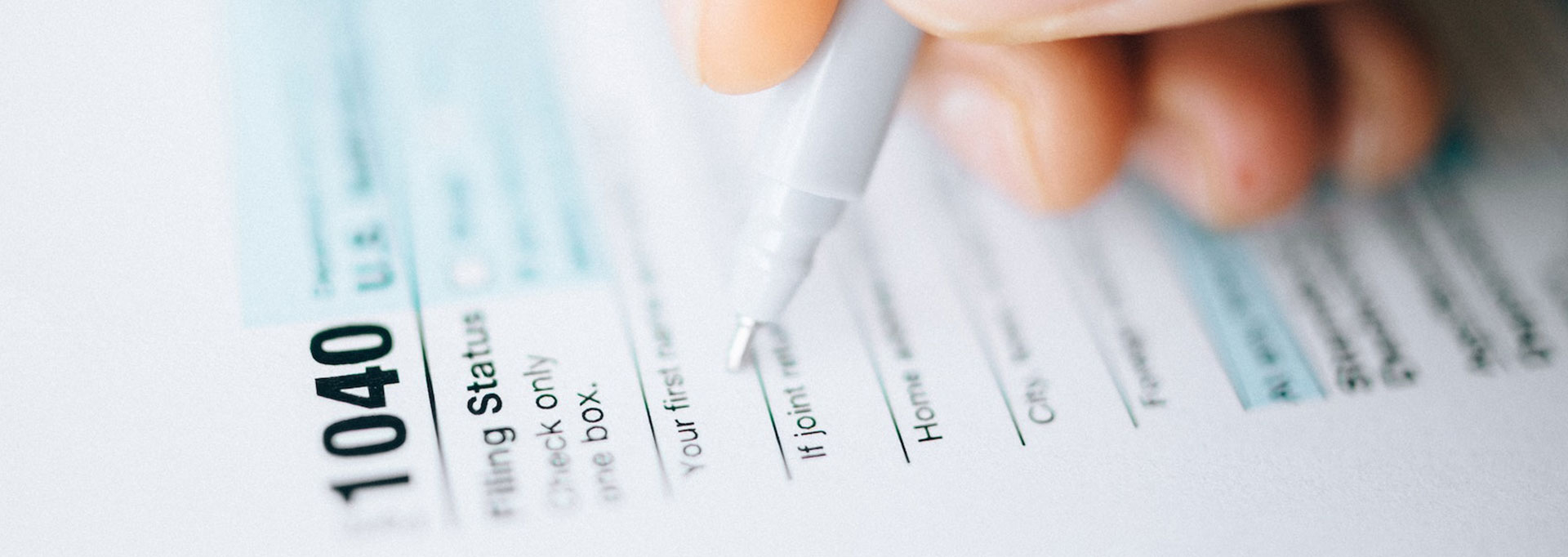Most products on this page are from partners who may compensate us. This may influence which products we write about and where and how they appear on the page. However, opinions expressed here are the author's alone, not those of any bank, credit card issuer, airline or hotel chain.
The good news is that you can get a personal loan for almost every need. The bad news is that taking out a personal loan could come with many fees, such as:
- Origination fee
- Application fee
- Prepayment penalty fee
- Late fee
- Returned payment fee
If you’re hunting for a personal loan, check to see if your potential lender charges any of these fees. The more fees you face, the more money you’re likely on the hook to pay in addition to the borrowed amount. We break down some of the fees that you may encounter during the personal loan application process.
Common Personal Loan Fees & Charges

1. Origination Fee
A personal loan origination fee is what lenders charge you, the borrower, for making a loan (originating it). This usually includes the cost of creating and processing the loan.
An origination fee is a one-time cost and is usually charged as a percentage of your loan but you might see it as a flat fee regardless of how much you borrow. This percentage-based fee ranges from 1% to 8%, depending on your credit score and lender.
Here’s what that might look like for you and what to look out for:
- Origination fee deducted from loan amount: Say you’re approved for a $10,000 loan with a 5% origination fee. That $500 is removed from the total loan amount disbursed, and you’ll get $9,500. You will pay interest on the full amount you borrowed—$10,000—not just the amount you received.
- Requesting a higher borrow amount to cover the fee: If you need the full $10,000, you might need to explore other lenders or possibly take out another loan to cover those costs. Sometimes, you can request a higher borrow amount to cover the origination fee.
Not all personal loan lenders charge an origination fee separate from the estimated interest rate. You might see it implemented in other ways. The interest rate on your loan is what you’re charged to borrow a loan. The annual percentage rate (APR) is the annual cost to borrow the loan, including interest and fees. So that APR might include an origination fee, plus other loan fees.
2. Application Fee or Documentation Fee
A loan application fee is a one-time fee for submitting a loan application. It tends to be a flat rate and is usually nonrefundable regardless of whether your application was accepted or denied. If you have to apply to multiple lenders who charge this fee, you could face many application fees.
It’s similar to an origination fee, and in some cases, it might be considered one. But an origination fee covers the creation of a loan while an application fee covers the administrative costs of processing your loan.
Application fees aren’t as common as origination fees and many lenders don’t charge them separately. But you might see an origination fee that encompasses both origination and processing.
3. Prepayment Penalty
Some lenders charge a prepayment penalty—a fee if you pay your loan off before the terms are up. You might see this charge on mortgages or auto loans, but some personal loan lenders also charge this, although it’s not as common.
The fee is usually a percentage of the amount you borrowed or a flat fee, and it gets implemented based on how early you pay off your loan.
For example, say you took out a loan with repayment terms of five years and you paid off your loan in four months. The lender might charge you a fee for paying off your loan so early. In most cases, paying off your loan before your terms are up is fine, but some lenders charge this fee if you pay it too early. Check your terms to see if you could face a prepayment penalty.
4. Late Fees
Most lenders have late fees in some form, although a few don’t charge them. The best way to find out is to search the company’s FAQs and terms pages to see what happens if you don’t make an on-time payment.
There’s no set standard on how much you could pay in late fees. Some might charge a small percentage of the unpaid amount while others might charge a set rate every time you miss a payment. Some lenders charge immediately upon not receiving the payment by the due date, while others give you a buffer—or a few days—to make your monthly payment. Some lenders might give you a free pass the first time you miss a payment but will implement it after that. It varies widely by lender.
Late fees are common in personal loans, so the best way to avoid them is to set up autopay where the lender triggers a payment to your loan simultaneously, for the same amount, every month. Most lenders offer this so you never miss a payment.
5. Returned Check or Returned Payment Fee
If you set up autopay and don’t have enough money in your account to cover the cost, you could face a returned payment fee, sometimes called an insufficient funds fee.
If you don’t have autopay set up and you pay by check, you might see this called a returned check fee. The fee is usually paired with a late fee since you didn’t have enough to cover the amount that was due by the due date. They tend to be flat fees and vary by lender.
Best No-Fee Personal Loans
Fees aren't the only deciding factor when choosing a personal loan, but they are a big one. Here are our picks for the best no-fee personal loans:
- Best for Low APR: LightStream
- Best for Credit Union Users: PenFed Credit Union
Best for Low APR: Lightstream
LightStream
- Loan Amounts$5,000 – $100,000
- Loan Terms24 – 144 months
- APR Range7.49% – 25.49% (with autopay)
- Minimum
Credit Score660 or aboveA credit score is used to indicate the creditworthiness of an applicant, but it is only one of several factors considered for approval. These credit scores alone are not guarantees for approval and should only be used as guidelines.
LightStream is a solid online lender offering no fees, high loan maximums and low-rate personal loans for several purposes.
Overview
LightStream offers personal loans for several purposes, including debt consolidation, medical expenses, home improvement, weddings, car purchases and more, making this worth considering for those seeking flexibility. The lender offers relatively low rates compared to competitors, including autopay discounts. Its personal loans also have no origination fees or late fees, which can help keep borrowing costs low. However, borrowers will likely need to have good-to-excellent credit in order to be approved for a LightStream personal loan. Overall, it’s a good lender to add to your shortlist if you’re looking for flexible funding, no fees and a low APR. Lightstream may also disburse loans as soon as the same day you’re approved, making this lender a worthy choice if you need fast funding.
Pros
- Low minimum APR
- No origination fees, no late fees
- High loan maximum of $100,000
- Autopay discount
- Joint applications allowed
Cons
- Rates and terms vary by loan purpose
- No soft pull prequalification
- Must have good-to-excellent credit
- No physical branches
Best for Credit Union Users: PenFed Credit Union
PenFed Credit Union
- Loan Amounts$600 – $50,000
- Loan Terms12 – 60 months
- APR Range7.99% – 17.99%
- Minimum
Credit Score700 or aboveA credit score is used to indicate the creditworthiness of an applicant, but it is only one of several factors considered for approval. These credit scores alone are not guarantees for approval and should only be used as guidelines.
PenFed offers no fees and small personal loans as low as $600.
Overview
While you will need to become a PenFed member if you decide to get a personal loan there, anyone can apply for membership and the process is quick and simple. Many lenders have relatively high minimum loan amounts, but PenFed offers loans as small as $600, with no origination fees and competitive APRs. If you’d like to view personal loan rates with PenFed, you can do so without impacting your credit score.
Pros
- Pre-qualification is available
- No origination fee, hidden fees or prepayment penalties
- Borrow as little as $600
- Allows co-borrower
- Funding as early as 1-2 business days after approval
Cons
- Must be a member to receive the loan
- No option for direct payment to creditors for debt consolidation
FAQs
-
Most lenders must disclose their fee structure, but you might not see it in plain sight. Some lenders publicly list what fees they charge, how much those fees are, and when they go into effect. Others have fee amounts hidden in their loan terms and conditions, which you must agree to when applying for a loan.
You might also see an annual percentage rate, or APR, which includes the interest rate and fees together. Unfortunately, there’s no set standard for how lenders need to share their fees.
-
Yes, a lender typically deducts the origination fee (if it charges one) from the amount you borrow. If you need to borrow a precise amount, be sure to research any fees to ensure you get the amount you need.
For example, say you borrow $10,000, and the lender charges a 5% origination fee. The fee would be $500 and you would only receive $9,500. If you needed exactly $10,000, you'd need to borrow a little more (about $10,527) to get the full amount after the fee is deducted.
-
Yes, a few lenders that offer no-fee personal loans, such as no origination fees, late fees or prepayment penalties. But the borrowing requirements may be more stringent and may only be available for borrowers with a strong credit score.
If you come across a lender that says it doesn’t charge fees, carefully read your agreement to see if you’re missing any pertinent details. It’s also good to compare multiple lenders to see which ones charge the lowest interest and fewest fees.
When comparing lenders, make sure you’re analyzing the same figures. For instance, don’t compare one lender’s interest rate to another lender’s APR. The fewer the fees and the lower the interest rate, the less extra money you’ll pay to borrow a personal loan.
-
Personal loans charge an origination fee which covers the cost of creating and processing the loan. Similar to closing costs, origination fees are typically charged as a percentage of the loan amount, but can sometimes be charged as a flat fee.


















